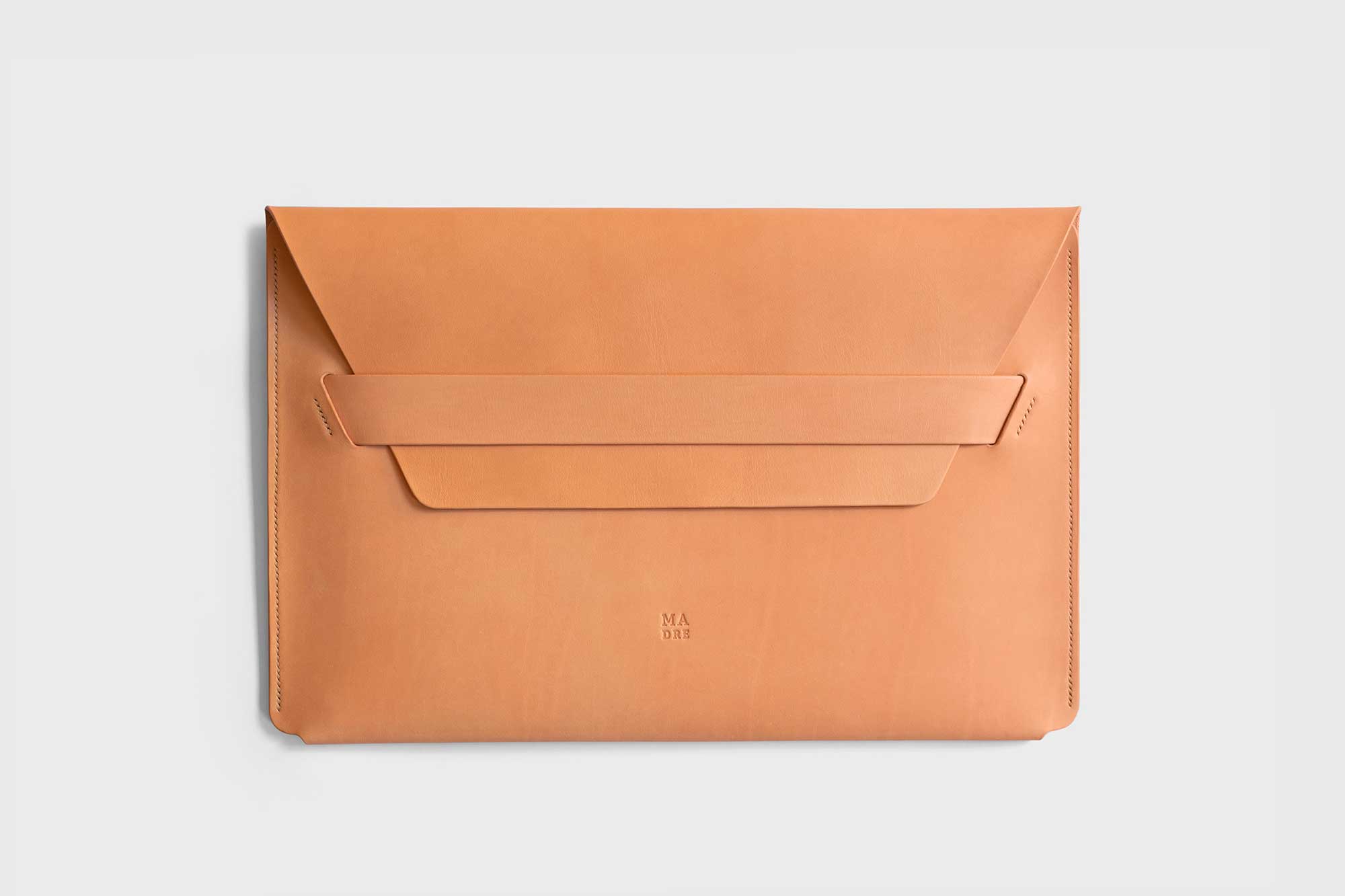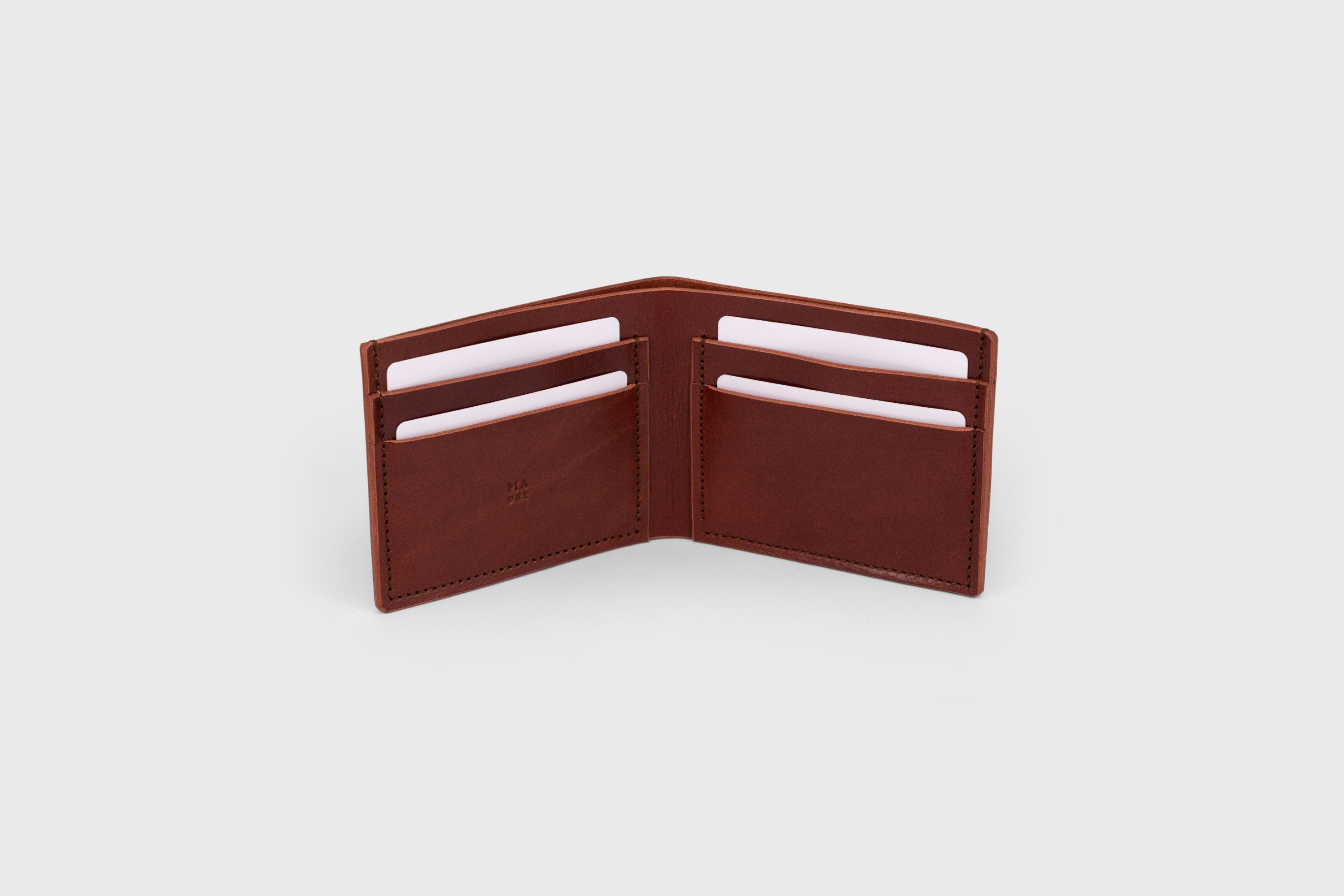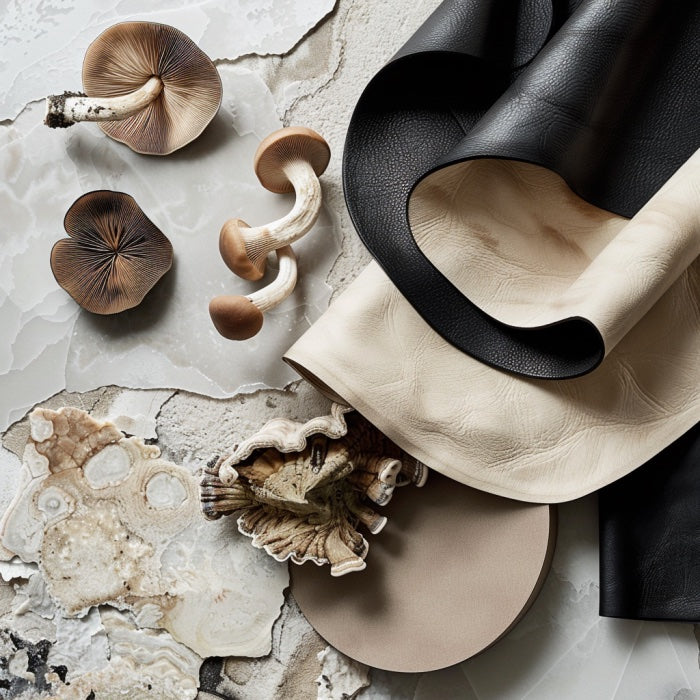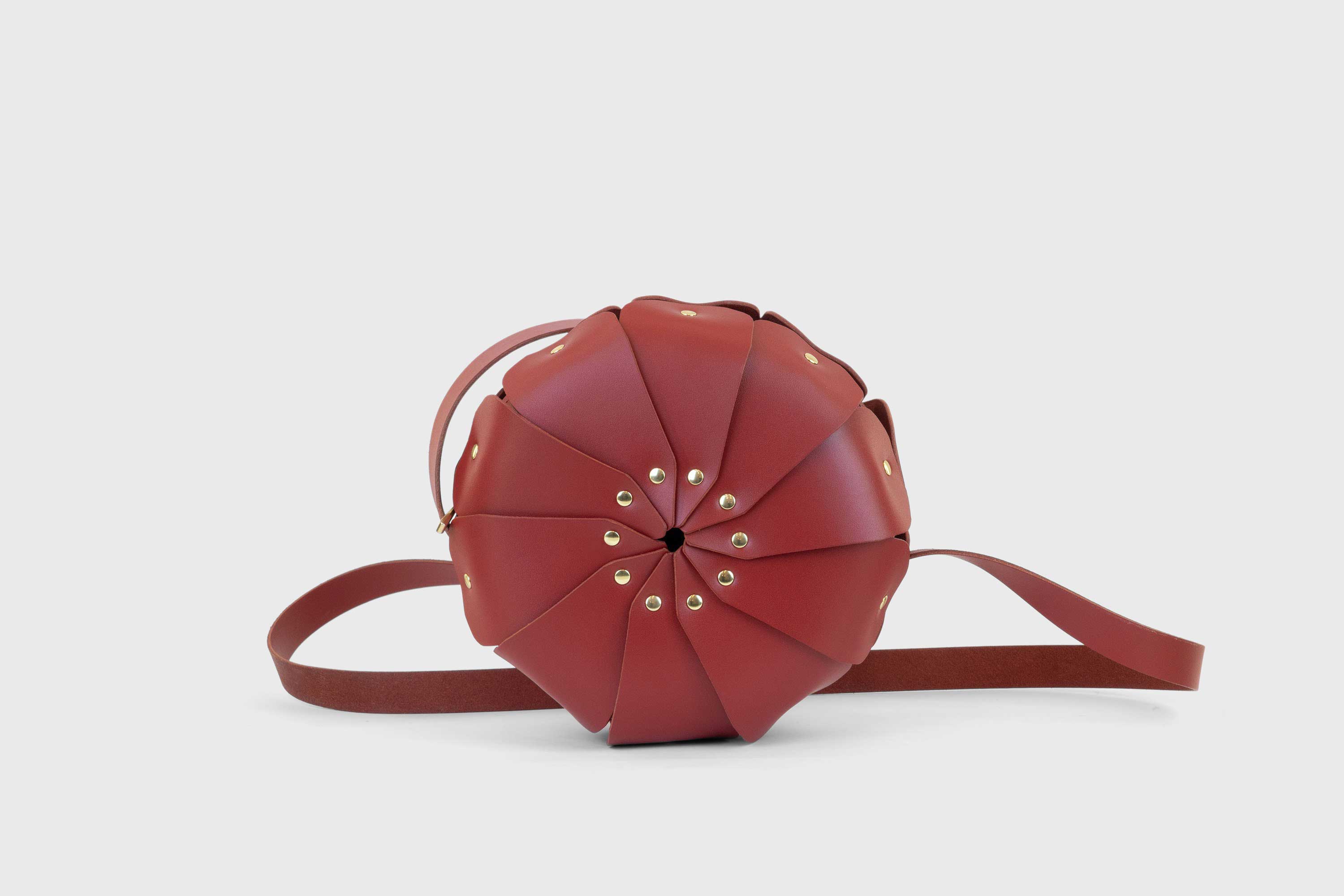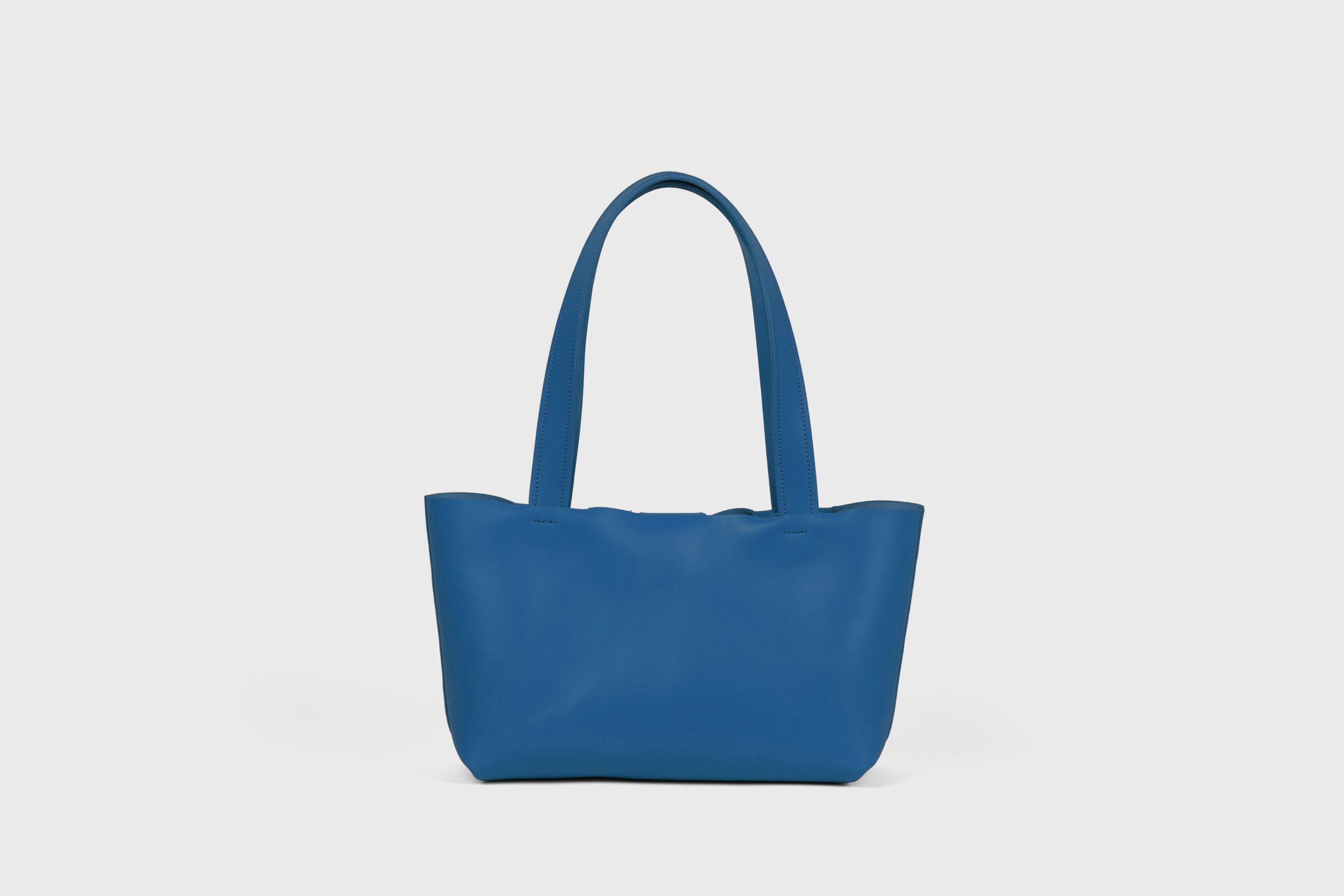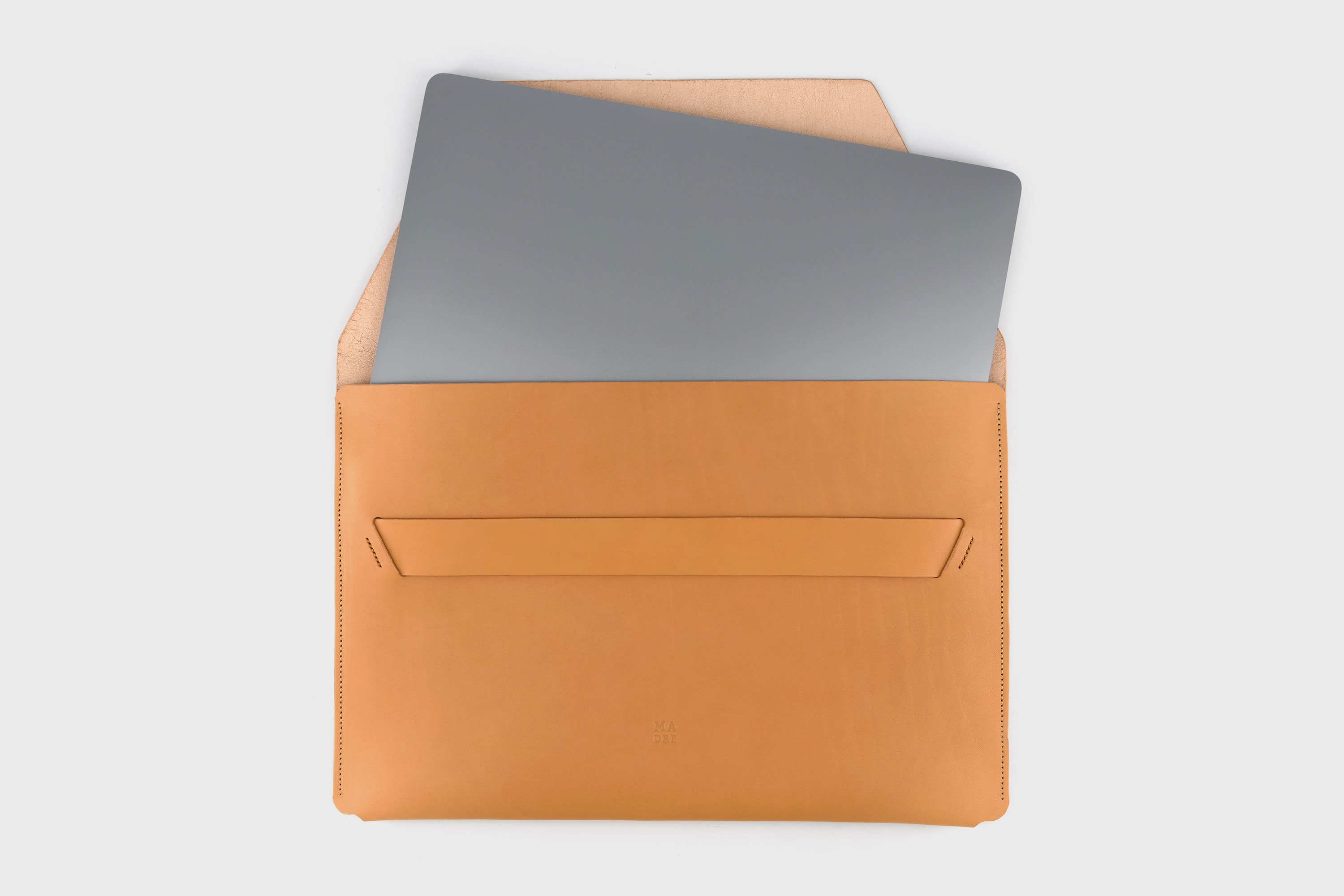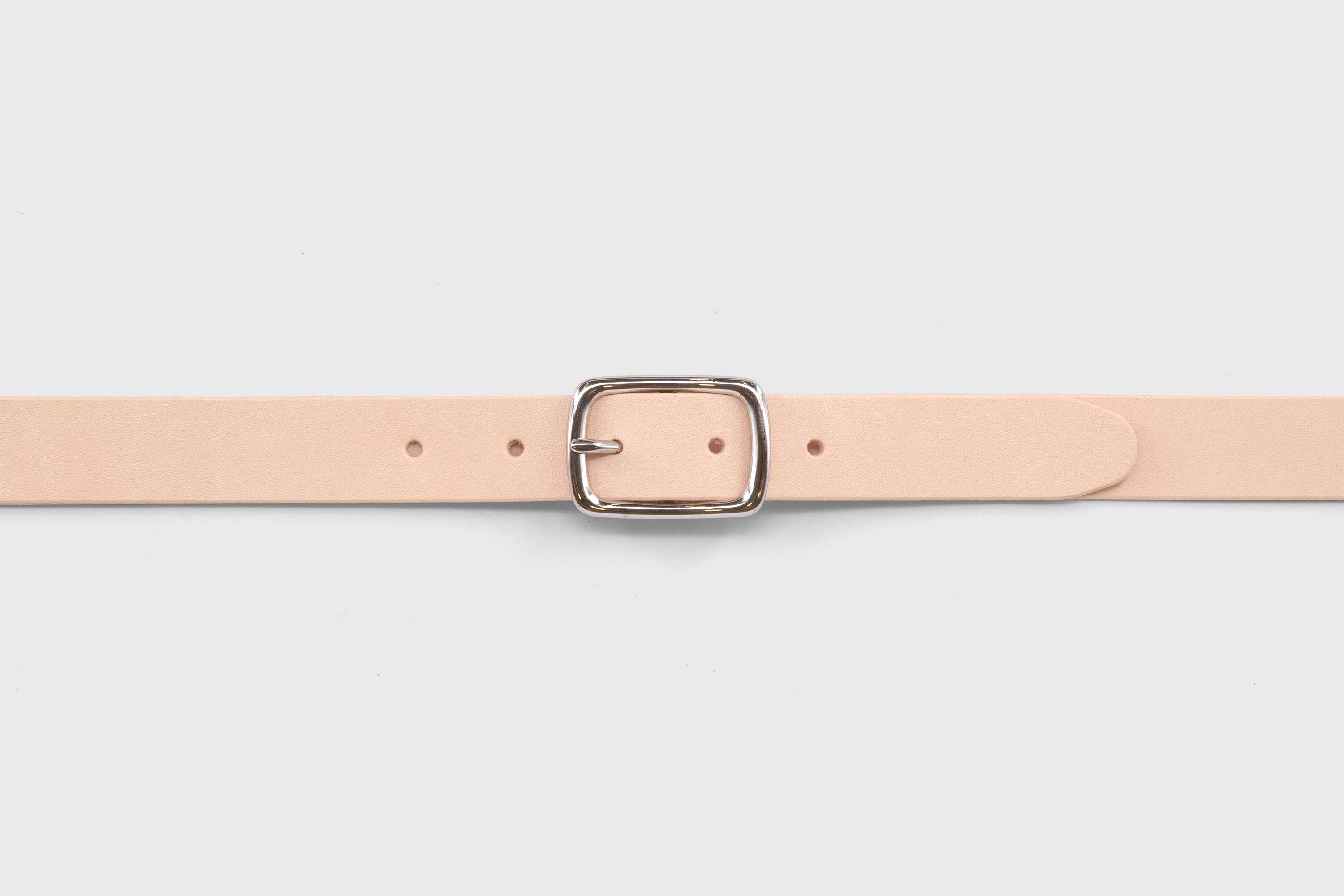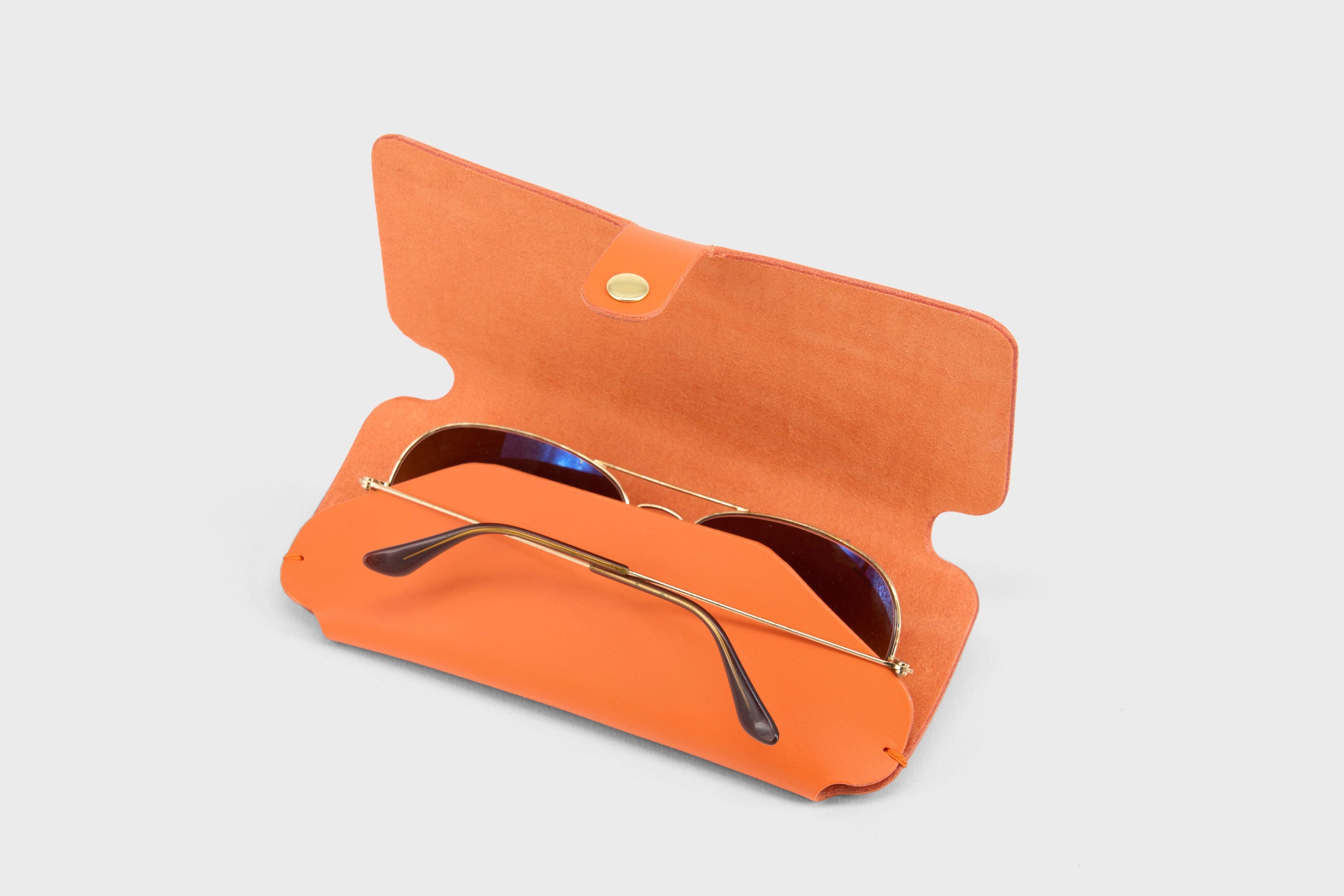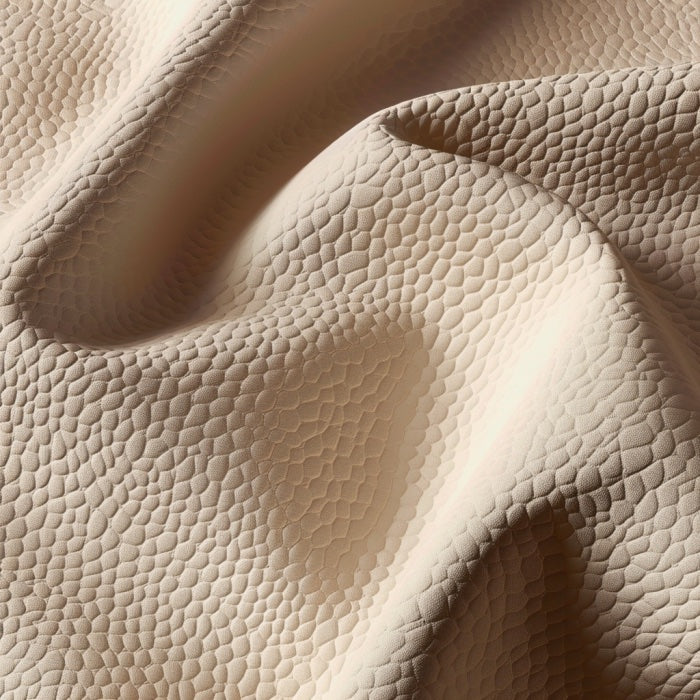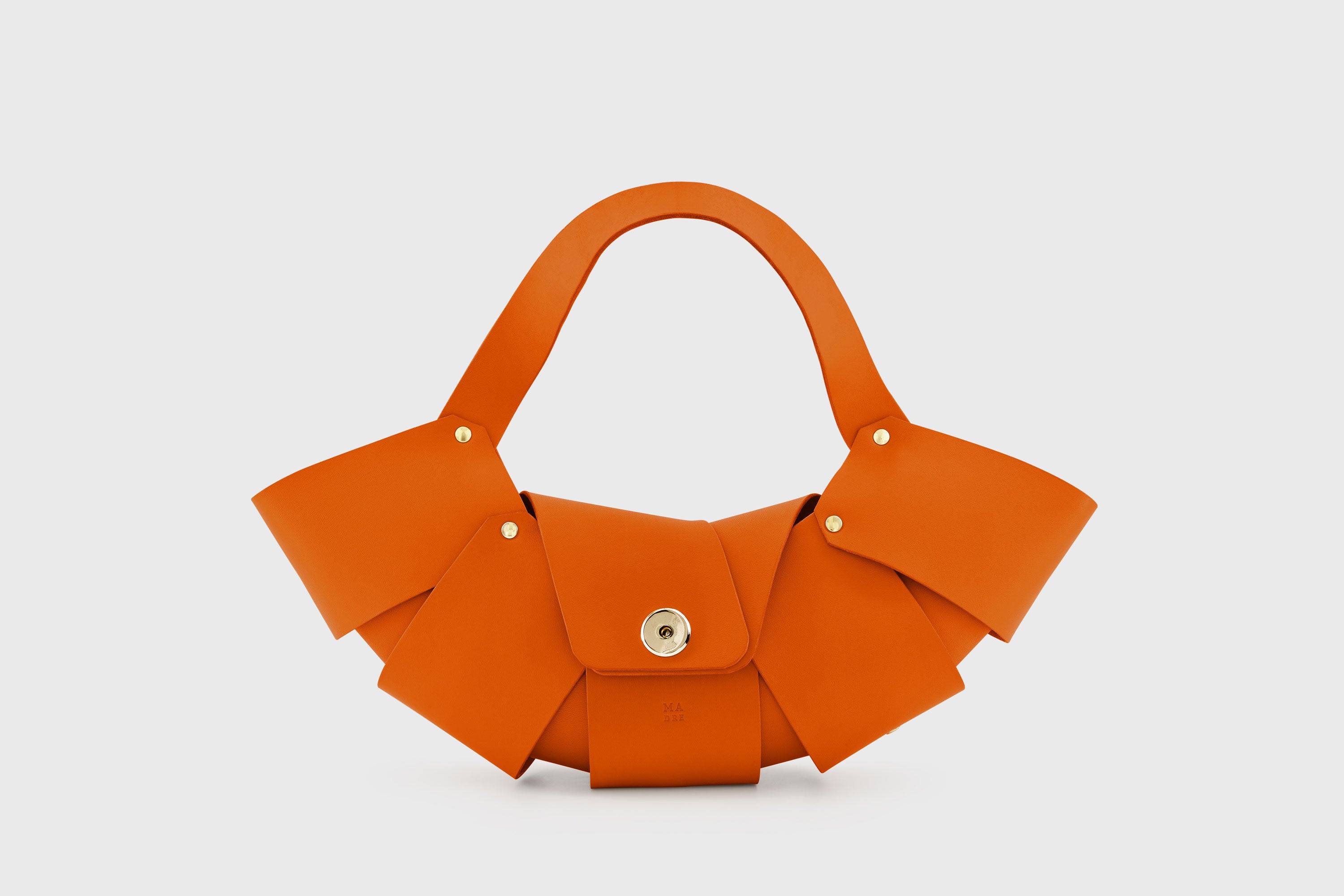Comparison with Traditional Leather
When considering vegan leather, one of the most common comparisons made by consumers is its durability relative to traditional leather. This comparison is vital for understanding the practical applications of vegan leather and determining where it can serve as a suitable substitute or even an improvement over animal-derived leather.
| Feature |
Vegan Leather |
Genuine Leather |
| Durability |
Moderate – prone to cracking or peeling over time (depends on material). |
High – ages beautifully and lasts decades with proper care. |
| Material |
PU, PVC, or plant-based (e.g., cactus, apple, cork). |
Made from animal hides, tanned and treated. |
| Eco-Friendliness |
Depends on type – plant-based vegan leather is more sustainable than PU/PVC. |
Less eco-friendly due to tanning processes and resource use. |
| Maintenance |
Easy to clean with a damp cloth, resistant to stains. |
Requires conditioning and proper storage to prevent cracking or drying. |
| Texture and Appearance |
Can mimic leather, but lacks the natural grain and patina. |
Natural grain, develops a unique patina over time. |
| Water Resistance |
Often water-resistant, especially PU and PVC types. |
Naturally water-resistant but needs treatment to stay waterproof. |
| Weight |
Lighter and more flexible than genuine leather. |
Heavier and sturdier. |
| Cost |
Generally more affordable. |
Higher cost but a long-term investment. |
| Longevity |
3-5 years for most types (can vary). |
10+ years with proper care. |
Durability in Various Applications
Fashion Industry: Traditional leather has long been prized in the fashion industry for its durability, especially in high-wear items like shoes and belts. Vegan leather has made significant strides, especially with high-quality PU and plant-based materials like Piñatex, which are increasingly being used for their ethical appeal and improving durability. While traditional leather often ages better, developing a patina, high-grade vegan leather can maintain its appearance over time with proper care.

Furniture and Upholstery: In upholstery, traditional leather's ability to breathe makes it more comfortable for items like sofas and chairs that are used daily. It also tends to stretch without tearing, holding up well against the wear and tear of regular use. Vegan leather, particularly PU types, has been catching up in terms of durability and is favored for its lower cost and easier maintenance. However, it may not age as gracefully as traditional leather and can crack or peel over time under frequent use.

Automotive Industry: Traditional leather is a premium choice in automotive interiors for its luxurious feel and durability. It withstands the extensive wear from constant contact and temperature fluctuations inside vehicles. Vegan leather, especially newer versions of PU and silicone-based materials, offers a good balance of durability and ethical sustainability. It is also easier to clean and less prone to absorbing odors than traditional leather, making it a practical option in automotive applications.

Scenarios Where Vegan Leather Might Outperform Traditional Leather
Environmental Conditions: Vegan leather, particularly synthetic types, often outperforms traditional leather in environments where water and humidity are concerns. Synthetic vegan leathers are inherently more resistant to moisture and can be preferable in outdoor gear, footwear, and apparel where exposure to elements is frequent.
Maintenance and Care: Vegan leather is generally easier to clean and maintain. Unlike traditional leather, which requires specific conditioners and careful cleaning to avoid damage, vegan leather can often be wiped down with simple cleaning products without risking damage to the material.
Ethical and Sustainability Concerns: For consumers who prioritize ethical considerations and sustainability, vegan leather often outperforms traditional leather. The production of vegan leather typically involves fewer animal welfare concerns and, depending on the material, can also have a lower environmental impact.
Scenarios Where Traditional Leather Might Outperform Vegan Leather
Longevity and Aging: Traditional leather is renowned for its ability to last decades when properly maintained, often looking better with age. Vegan leather, while improving, generally does not last as long and can degrade more quickly through peeling or cracking.
Aesthetic and Texture: Traditional leather’s natural grain and texture can be difficult to replicate with vegan materials. For consumers who value the natural aesthetics and feel of real leather, traditional leather might still be the preferred choice.
Understanding these differences and how vegan leather compares to traditional leather in terms of durability helps consumers and manufacturers make informed decisions based on application needs, ethical preferences, and environmental impact. As the technology behind vegan leather continues to evolve, it is likely that these materials will close the gap in durability, offering viable alternatives to traditional leather in an increasing range of applications.
Care and Maintenance of Vegan Leather
Proper care and maintenance are crucial for extending the lifespan of vegan leather products. Unlike traditional leather, which often requires specific conditioners and careful handling, vegan leather maintenance can vary significantly depending on the type of material used. Here’s a guide on how to best care for and maintain different types of vegan leather, ensuring they remain durable and aesthetically pleasing over time.
Basic Care Guidelines

Regular Cleaning: Vegan leather should be cleaned regularly to prevent dust and dirt from accumulating, which can cause abrasion and wear over time. Use a soft cloth or a brush with soft bristles to remove surface dust. For more thorough cleaning, use a damp cloth with mild soap. Gently wipe the surface without saturating the material, as excessive moisture can damage some types of vegan leather.
Avoid Harsh Chemicals: Never use harsh cleaning agents or solvents on vegan leather, as these can break down the composite materials and cause surface damage. Always opt for gentle, water-based cleaners specifically designed for synthetic leather.
Immediate Stain Removal: If spills occur, clean them up immediately with a dry cloth followed by a mild cleaning solution if necessary. Avoid rubbing the stain, as this can push the spill deeper into the material. Blot gently until the stain lifts.
Specialized Care for Different Types of Vegan Leather
Synthetic Vegan Leathers (PVC and PU): These materials are relatively easy to maintain. They can withstand gentle wipes with a damp cloth and mild soap solution. For stubborn stains, a small amount of rubbing alcohol can be used sparingly.
Plant-Based Vegan Leathers (Piñatex, Cork, etc.): These materials require a bit more care due to their natural components. They should be kept dry as much as possible, and it's advisable to use specific cleaning products recommended by the manufacturer. Conditioning these materials with a wax or specific balm suitable for plant-based leather can help maintain their suppleness and prevent drying or cracking.
Protecting Vegan Leather

Moisture Protection: While some vegan leathers are water-resistant, it’s beneficial to apply a protective spray that enhances this property, especially if the item will be used outdoors. Ensure the protective product is suitable for the type of vegan leather you are treating.
Sunlight and Heat Exposure: Prolonged exposure to direct sunlight can cause fading and weakening of vegan leather. Try to store vegan leather items in cool, shaded areas. Avoid leaving them in hot cars or near heat sources, which can cause warping or melting, especially for synthetic types.
Proper Storage: When not in use, store vegan leather goods properly to maintain their shape and texture. Use padded hangers for jackets, stuff bags with bubble wrap to keep their form, and keep shoes on shoe trees.
Common Issues and Solutions

Cracking and Peeling: Over time, synthetic vegan leathers can develop cracks or start peeling if they are dried out or exposed to harsh conditions. Regular conditioning with a suitable vegan conditioner can prevent this issue by keeping the material flexible.
Fading: Color fading is common with prolonged UV exposure. Minimizing exposure to direct sunlight can prevent drastic fading. Use UV protective sprays where applicable.
Stiffening: Vegan leather, especially when made from plant-based materials, can stiffen over time. Regular use of conditioning products designed for vegan leather can help maintain its natural flexibility.
Proper care and maintenance not only extend the life of vegan leather products but also ensure they continue to look their best. By following these guidelines, you can enjoy the aesthetic and functional benefits of vegan leather, while supporting sustainable and ethical fashion choices.
So, Is Vegan Leather Actually Sustainable?
The sustainability of vegan leather is a topic of much debate. While it is marketed as a more ethical and environmentally friendly alternative to traditional leather, the reality of its sustainability is nuanced and depends on various factors, including the materials used, the manufacturing processes, and the lifecycle of the products.

Materials and Manufacturing
Synthetic Vegan Leather: Most vegan leather is made from synthetic materials like polyvinyl chloride (PVC) and polyurethane (PU). These materials are derived from fossil fuels, which raises concerns about their environmental impact. PVC, in particular, is notorious for releasing dioxins, which are harmful to both human health and the environment. PU is slightly better in terms of environmental impact, but it still relies on chemical processes that can be polluting.
Biodegradable Vegan Leathers: There are newer forms of vegan leather made from natural and sustainable materials such as pineapple leaves (Piñatex), apple peels, cork, and mushroom mycelium (Mylo). These materials are generally more environmentally friendly as they use agricultural byproducts or sustainable sources, reducing waste and avoiding the depletion of non-renewable resources. Additionally, they are often biodegradable and do not contribute to microplastic pollution, unlike their synthetic counterparts.
Lifecycle and Durability
The sustainability of vegan leather also depends on its durability. If a vegan leather item does not last long and needs to be replaced frequently, it contributes to consumerism and waste, which are not sustainable. Historically, synthetic vegan leathers have been criticized for their lack of durability compared to traditional leather. However, advancements in technology are improving the durability of both synthetic and natural vegan leathers.
Environmental Impact of Production
The production processes for vegan leather can vary widely in terms of their environmental impact. The manufacturing of synthetic vegan leathers often involves toxic chemicals and solvents that can pollute air and water if not properly managed. On the other hand, the production of natural vegan leathers typically has a lower environmental impact, particularly if sustainable and non-toxic methods are used.
Innovations and Future Directions
As the demand for sustainable and ethical alternatives to traditional leather continues to grow, so does the innovation in vegan leather technology. Researchers and manufacturers are constantly seeking new ways to enhance the durability and performance of vegan leather, ensuring it meets the needs of consumers without compromising on sustainability. This section explores some of the latest innovations in vegan leather production and the potential future directions that could further revolutionize this industry.
Current Innovations in Vegan Leather Production
Bio-based Polymers: One significant advancement in the production of vegan leather is the development of bio-based polymers. These polymers, derived from organic and renewable sources such as corn, soy, and even waste products from other industries, are used to create more sustainable forms of synthetic leather. These materials not only reduce reliance on fossil fuels but also offer improved biodegradability and a lower environmental footprint.
3D Printing Technology: The application of 3D printing in vegan leather production is a burgeoning field that allows for precise control over the texture and thickness of the material. This technology can create complex, layered structures that mimic the natural properties of traditional leather more closely, potentially improving both the aesthetic qualities and the physical durability of vegan leather products.
Cross-Linking Techniques: Enhancing the structural integrity of vegan leather is possible through advanced chemical cross-linking techniques. These methods involve reinforcing the polymer structures within the vegan leather to improve its resistance to wear and tear, making it more suitable for high-stress applications such as footwear and furniture.
Nanotechnology: The incorporation of nano-sized particles into vegan leather materials can significantly enhance their properties. For example, nanoparticles can be used to provide UV protection, anti-microbial properties, and increased tensile strength, all of which contribute to a longer lifespan and greater utility of the vegan leather products.
Future Materials and Technologies
Lab-Grown Leather: A promising area of research involves cultivating leather-like materials from yeast cells that produce collagen, which can then be processed into a bio-leather with properties similar to those of animal-derived leather. This approach is not only cruelty-free but also potentially offers superior consistency and customization in terms of thickness, color, and texture.
Recycling and Upcycling Processes: As the circular economy gains traction, techniques for recycling and upcycling existing vegan leather products are being developed. These processes aim to reduce waste and environmental impact by turning post-consumer vegan leather into new materials, which can then be reintroduced into the production cycle.
Smart Vegan Leather: Looking towards the integration of smart technologies, future vegan leathers could include embedded sensors or conductive materials that add functionality beyond aesthetics. This could include temperature regulation, color-changing properties, or even health-monitoring capabilities, expanding the use of vegan leather into tech-driven markets.
These innovations and future materials highlight the dynamic nature of vegan leather research and development. With ongoing advancements, vegan leather is set to become not only a more durable material but also one that could offer functionalities beyond those of traditional leather. The evolution of vegan leather will continue to be driven by consumer demand for sustainable, ethical, and high-performance materials, promising a fascinating future for this alternative to animal-derived leather.
Market Trends
The market for vegan leather is expanding rapidly, influenced by growing consumer awareness of environmental issues and ethical concerns regarding animal welfare. This shift in consumer behavior is driving demand for durable and sustainable vegan leather products across multiple industries. Here, we'll explore the current consumer trends and market data that underscore the burgeoning interest in vegan leather and discuss how these preferences are shaping the development and improvement of the material.
Rising Demand for Vegan Leather
Growth in the Fashion Industry: The fashion sector, a significant driver of vegan leather consumption, is witnessing a shift as brands and consumers increasingly opt for cruelty-free and sustainable alternatives. High-profile endorsements from luxury fashion labels and the introduction of vegan leather goods by mainstream brands have bolstered the market's growth. The appeal of vegan leather in fashion is not only due to its ethical attributes but also its increasingly competitive aesthetic and functional qualities compared to traditional leather.
Automotive and Interior Design: There is also a growing interest in using vegan leather in automotive interiors and home decor. Consumers are seeking out eco-friendly materials that do not compromise on style or durability, prompting car manufacturers and furniture designers to incorporate vegan leather into their products.
Market Expansion: According to market research, the global synthetic leather market is projected to grow significantly in the next decade. This growth is fueled by technological advancements that enhance the durability and texture of vegan leather, making it a more attractive option for consumers.
Consumer Preferences Toward Sustainability
Environmental Awareness: Modern consumers are more environmentally conscious than ever before. Many are aware of the carbon footprint and environmental degradation associated with traditional leather production, including deforestation, water pollution from tanning, and the carbon emissions from livestock. This awareness is driving the demand for vegan leather products that are marketed as having a lower environmental impact.
Transparency and Ethical Manufacturing: Consumers are increasingly interested in transparency regarding how products are made. This interest extends to vegan leather goods, where buyers seek assurances that products are created using sustainable practices and that companies adhere to ethical manufacturing standards.
Quality and Longevity: While sustainability is a significant factor, consumers also demand high-quality products that offer durability. As a result, there is considerable investment in research and development to produce vegan leathers that not only meet ethical and environmental standards but are also durable and suitable for long-term use.
Influence of Digital and Social Media: Social media platforms and digital marketing have played pivotal roles in promoting vegan leather. Influencers and ethical fashion bloggers often discuss the benefits of vegan leather, helping to educate their audiences and promote these products more widely.
Future Directions
The ongoing evolution in consumer preferences towards sustainability is likely to continue influencing the development of vegan leather. Companies that innovate in creating high-quality, durable vegan leather while maintaining ethical and eco-friendly production processes are poised for success. As the technology improves and consumer awareness grows, vegan leather could see even broader applications and acceptance, ultimately leading to a significant shift in how materials are viewed in terms of environmental impact and sustainability.
The Future of Vegan Leather

Throughout this exploration of vegan leather, we've uncovered various facets that contribute to its growing role in the global market as a potential sustainable alternative to traditional leather. We've examined its durability, the materials from which it's made, its manufacturing processes, and the innovations aimed at enhancing its performance and eco-friendliness. Here, we recap the key points discussed and reflect on the future trajectory of vegan leather.
Durability Concerns: While traditional leather is renowned for its long-lasting durability, vegan leather's endurance varies significantly depending on the material and manufacturing process used. Advances in technology are continually improving the strength and lifespan of vegan leather, making it more competitive with traditional leather.
Material Innovations: Vegan leather made from synthetic materials like PU is becoming more durable and environmentally friendly, though it still has a significant environmental impact due to its petroleum-based origins. On the other hand, plant-based vegan leathers, such as those made from pineapple leaves or mushroom mycelium, offer exciting sustainable prospects with less environmental impact and innovative aesthetic and tactile qualities.
Manufacturing Processes: The sustainability of vegan leather is also influenced by its manufacturing processes. While synthetic vegan leathers often involve chemicals that can be harmful if not managed correctly, natural vegan leathers typically utilize more environmentally benign processes. Continuous improvements and regulations can further decrease the ecological footprint of these materials.
Market Adoption and Consumer Preferences: The demand for vegan leather is driven by an increasing consumer shift towards ethical and sustainable products. This demand encourages companies to innovate and improve the quality and sustainability of vegan leather.
Reflection on the Future of Vegan Leather
The future of vegan leather looks promising as it aligns with global trends towards sustainability and ethical consumerism. As awareness of environmental issues and animal welfare continues to grow, more consumers and businesses are likely to adopt vegan leather as a viable alternative to traditional leather. This shift is expected to accelerate innovations that focus on enhancing the durability and reducing the environmental impact of vegan leather products.
Moreover, as the market for vegan leather expands, its role in sustainable consumerism becomes more significant. It not only offers a cruelty-free alternative but also challenges manufacturers and designers to think creatively about how materials can be used and recycled. The potential for vegan leather to be integrated into a circular economy model—where materials are reused and recycled rather than discarded—presents an exciting opportunity to redefine what sustainability means in fashion and beyond.
In conclusion, vegan leather is more than just an alternative to traditional leather; it represents a shift in how we think about materials and their impact on the planet and society. Its evolution will continue to be shaped by technological advancements, consumer demand, and an overarching commitment to sustainability. As this market matures, vegan leather could play a pivotal role in fostering a more sustainable and ethical approach to consumer goods.



